
By OB24
Before Bowker was subject to urbanization, it supported Chum and Coho salmon. The salmon were a very important part of First Nations' culture, not only for food, but also for roles in their stories. It's a shame that most of the history of the creek has been lost and isn't known anymore. The salmon could bring back the connection to the past.
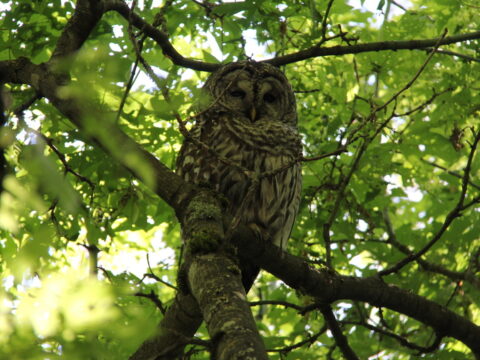
By OB21
Barred Owls are well adapted to hunting in the trees. Their large wingspan cushioned by softened feathers allows for easy flight with little noise. Barred owls also possess the unusual ability of walking (or hopping) by coordinating the movements of their wings and feet. Exceptional sight and hearing helps the owls find their prey easily at night.
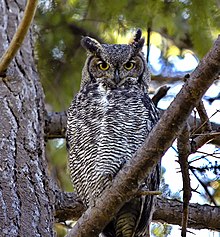
By OB21
Great Horned owls are native to BC and its forests. They're nocturnal predators, using serrated wing edges and softened feathers to silently ambush their prey. Their raised ears can rotate to pin down the exact location of their quarry. Though only weighing 3 pounds, their powerful legs and sharp talons let them grab prey that weights up to 10lbs!
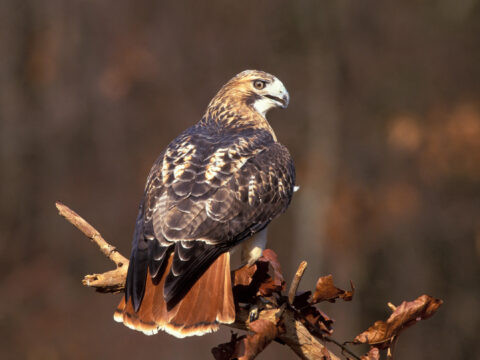
By OB21
Found in the Kings-Haultain Rd section of Bowker Creek, Red-Tailed hawks are expert hunters. They have amazing vision, allowing them to see prey from far away. They're extremely lightweight; the largest birds (females with a wingspan of 133cm) only weigh 3 pounds! Their large size gives them the strength to take down bigger prey than other raptors.

By OB21
Black Medic is a very invasive plant. It's a winter annual plant - it grows through spring, distributing its seeds in late summer. The original plant then dies, and the seeds germinate during the winter. The Black Medic's roots host nodules of N-fixing bacteria, allowing the plant to feed directly on Nitrogen, ensuring constant food and growth.
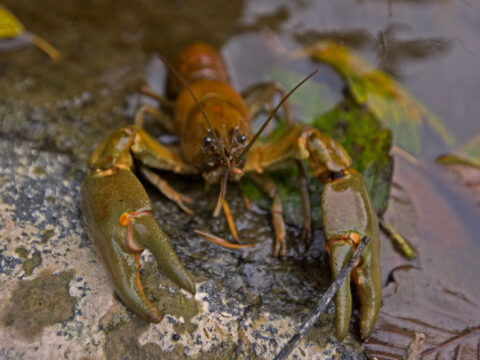
By OB21
Rusty Crayfish are an invasive species that can be found in the creeks, ponds, and rivers of BC. These crayfish spawn prolifically, and can destroy much of their habitat's vegetation during breeding season. Their eggs are carried under the female's tail, keeping them safe; a feature which has allowed their species to spread rapidly.

By OB21
Three-spined sticklebacks are an amazing species with the ability to interbreed at an almost alarming rate. They produce an astounding amount of sub-species, all with slightly different physical traits to pass on to the next generation. So how do they do it?
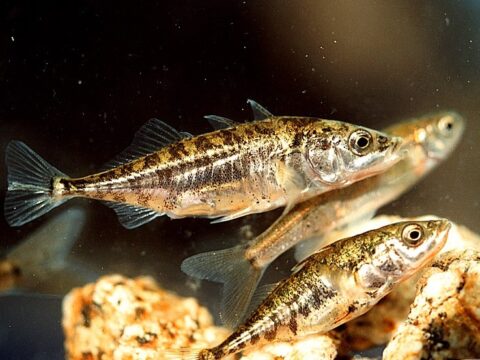
By OB21
Three-Spined Sticklebacks possess the ability to evolve remarkably quickly. Their species is a master at adaptive radiation, producing over ten new variations in less than 20,000 years - a mere blink of an eye in the ordinary evolution timeline. These fish frequently interbreed, producing stable and healthy offspring, ready to foster new species.
